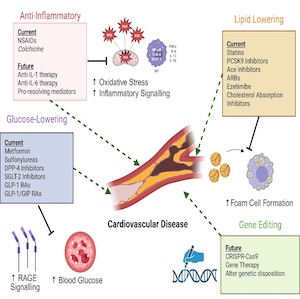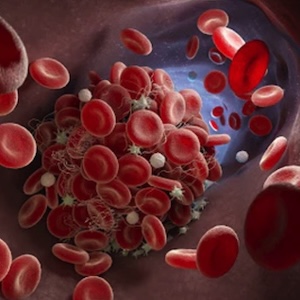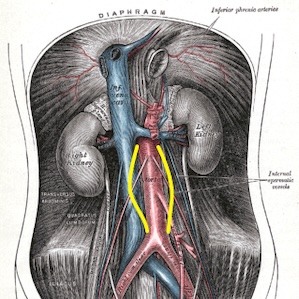Trends and updates on the epidemiology of cancer-associated thrombosis: a systematic review

All claims expressed in this article are solely those of the authors and do not necessarily represent those of their affiliated organizations, or those of the publisher, the editors and the reviewers. Any product that may be evaluated in this article or claim that may be made by its manufacturer is not guaranteed or endorsed by the publisher.
Authors
For cancer patients, cancer-associated thrombosis (CAT) is a serious complication. An updated epidemiology of CAT over the last ten years is summarized in this review. A comprehensive analysis of pertinent population cohort research released between 2011 and 2024 was carried out. In patients with unselected cancers, the 12-month incidence of CAT is roughly 3-5% (9-fold increase vs to the matched non-cancer population); however, in patients with advanced cancers requiring systemic therapy, the risk rises to 6-8% (20-fold increase vs. to the matched non-cancer population). Anticoagulation use and adherence have improved, but the risk of recurrence is still high, at 5-8% at 6 months and 7-15% at 12 months. The type, stage, and treatment of cancer, a history of venous thromboembolism (VTE), prolonged hospitalization or immobilization, and obesity are significant clinical predictors of the development of CAT. The modified Vienna-CATS and EHR-CAT have the best performance (area under the curve 0.68-0.71) among the clinical risk prediction scores for CAT using the original Khorana score backbone that has been externally validated. However, additional research is required to guarantee appropriate implementation and utilization of these models. Even with contemporary antineoplastic treatments, CAT is still a major complication for cancer patients. We encourage interdisciplinary partnerships among hematologists, data scientists, epidemiologists, and oncologists to guarantee the integration of customized VTE risk evaluation into standard oncologic treatment.
Supporting Agencies
This research was partly funded by NIH NHLBI K23 HL159271 and NIH Agreement No. 3OT2OD032581-01S1. AL, a CPRIT Scholar in Cancer Research, was supported by the Cancer Prevention and Research Institute of Texas (RR190104).How to Cite

This work is licensed under a Creative Commons Attribution-NonCommercial 4.0 International License.
PAGEPress has chosen to apply the Creative Commons Attribution NonCommercial 4.0 International License (CC BY-NC 4.0) to all manuscripts to be published.













